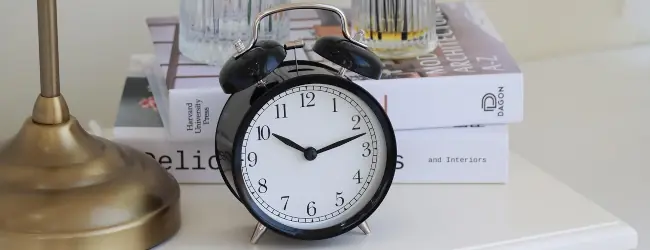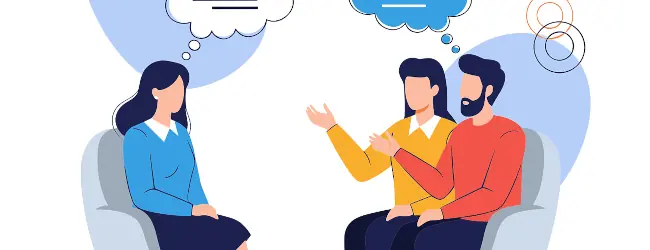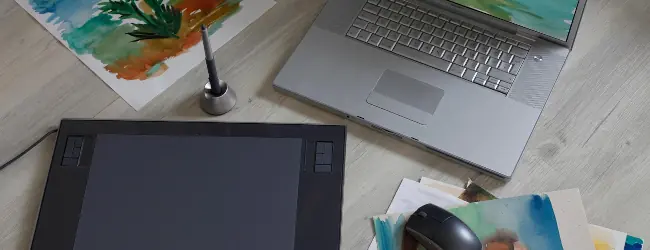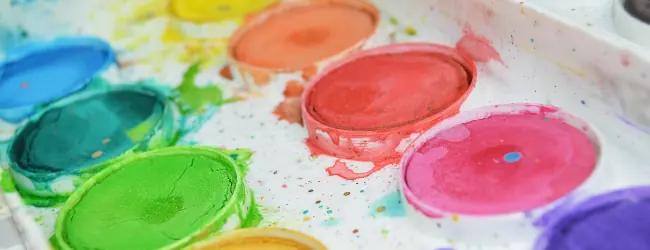In an earlier article (this article), I mentioned that I am interested in generative and creative AI. One of the readers of this blog asked me why I was interested in it when it still generated only uniform images. Let’s talk about it.
Is generative AI useful for us?
Sometimes, we want to know how to apply innovations into our lives specifically. Although many people praise new technologies, there are things we are unsure how to use in practical ways.
A typical example is generative AI. Although they recently became able to generate more natural images and music, we still don’t know how to use it for our creation.

The person who asked me also felt the same way. She was a professional painter and wanted to know how to use image generation in creation. On the internet, many people praised generative AI. However, when someone questioned how to use it concretely for painters, people just mocked him for being out of trend and never provided a specific, reasonable answer.
That was why she asked me the question. In my case, how do I use it in my creation?
My answer is that I will probably start using AI for creation in about 5 to 10 years, not now. Today, I will explain why.
My outlook on applying AI
If we are empathic and logical, we tend to not be good at competing with others. We want to profit efficiently and peacefully according to the movement of the majority of people.
Positioning ourselves against the mass trend is an effective strategy for us. We buy when cheap and sell when high. We start a business when few are paying attention and sell it when it becomes a social trend. It is an investor’s perspective. This style allows us to create wealth effectively and peacefully without competition.

In that perspective, we need to identify the reasonable time. I am expecting a cycle like the following.
- Until about 5 to 10 years later, I will focus on sewing, distance from digital creation, and not use AI to make money. The majority of people will stick to praising digital abundance, but it will gradually shift to valuing material wealth. It would be the time to start producing something tangible.
- 5 or 10 years later, after the AI bubble collapses and the majority of people give up trying to make money through digital creation, I will return to write books and create digital content and start to use AI specifically.
In other words, my interest in AI is for a longer-term future. We have to wait multiple years to use it for concrete production. In addition, since the current situation in digital creation is intensely competitive, it would be better to withdraw from it temporarily.
Why do people only appraise AI?
Now is the time that the majority of people, who are less logical, praise new things. It means that they want to appear as if they are following trends. They fear being considered outdated. That makes them evaluate anything just because it is new, even if it is useless in a specific area. In other words, they value AI just because everyone around them says so.
Innovation requires logical sense, but they don’t have it. They cannot explain how to use it specifically. That is why they criticize those who doubt AI. They just fear having their irrationality exposed.

In my perspective, the current AI still has few practical applications. Now is not the reasonable time to apply it to our creation.
In other words, now it is for the majority of people. It is still not for creators. Supporting creators will require a more advanced level of AI.
The essence of AI
However, AI will become something that helps creators in the future. In my opinion, AI is something like the following:
- AI is something that eliminates unpleasant, monotonous tasks. It will not replace all creative work.
- AI is something that predicts the creator’s intention and supports it. It doesn’t mean that creators are no longer needed.
- AI is something that learns our unique behaviors and follows them. It is not meant to create something uniform and stereotypical.
To understand it more easily, let’s look at an example, although this is my prediction of the future.
The future usage of AI
Suppose we are painters. We want to draw a character we imagine.
However, there are always processes we don’t like. Assume we like drawing lines but don’t like coloring and making backgrounds. In such a case, AI supports it. We don’t have to use AI in the process we love.
Even with coloring, we can show our individuality. A character has two eyes. If we paint one eye, AI learns immediately how we paint and automatically colors the other one as well. If we draw a part of the character’s skin, AI learns immediately and applies it to the other parts of the skin. As we add and modify colors, AI completes the rest in the same way.

The same applies to line art and backgrounds. AI automatically supports and modifies the balance of the lines we draw according to our past finishing. We don’t have to draw a line and undo it many times.
AI is not something that learns to make everything uniform. The goal is to identify our tendencies efficiently and support us.
That reduces monotonous tasks while preserving our individuality. That is the level of practical AI.
The current AI is still not at that level. It will take time. However, it will help us greatly, which is why I am interested in it.
Conclusion
That is why I am interested in creative AI.
I will probably start using AI for creation in about 5 to 10 years, not now.
This perspective might help you prepare for the future reasonably.
Thank you for your question. Questions are always welcome. If you have any, please use the contact form (this page). I will answer it in this blog if I can reply, even for a question without an answer.
Thank you for reading this article. I hope to see you in the next one.


